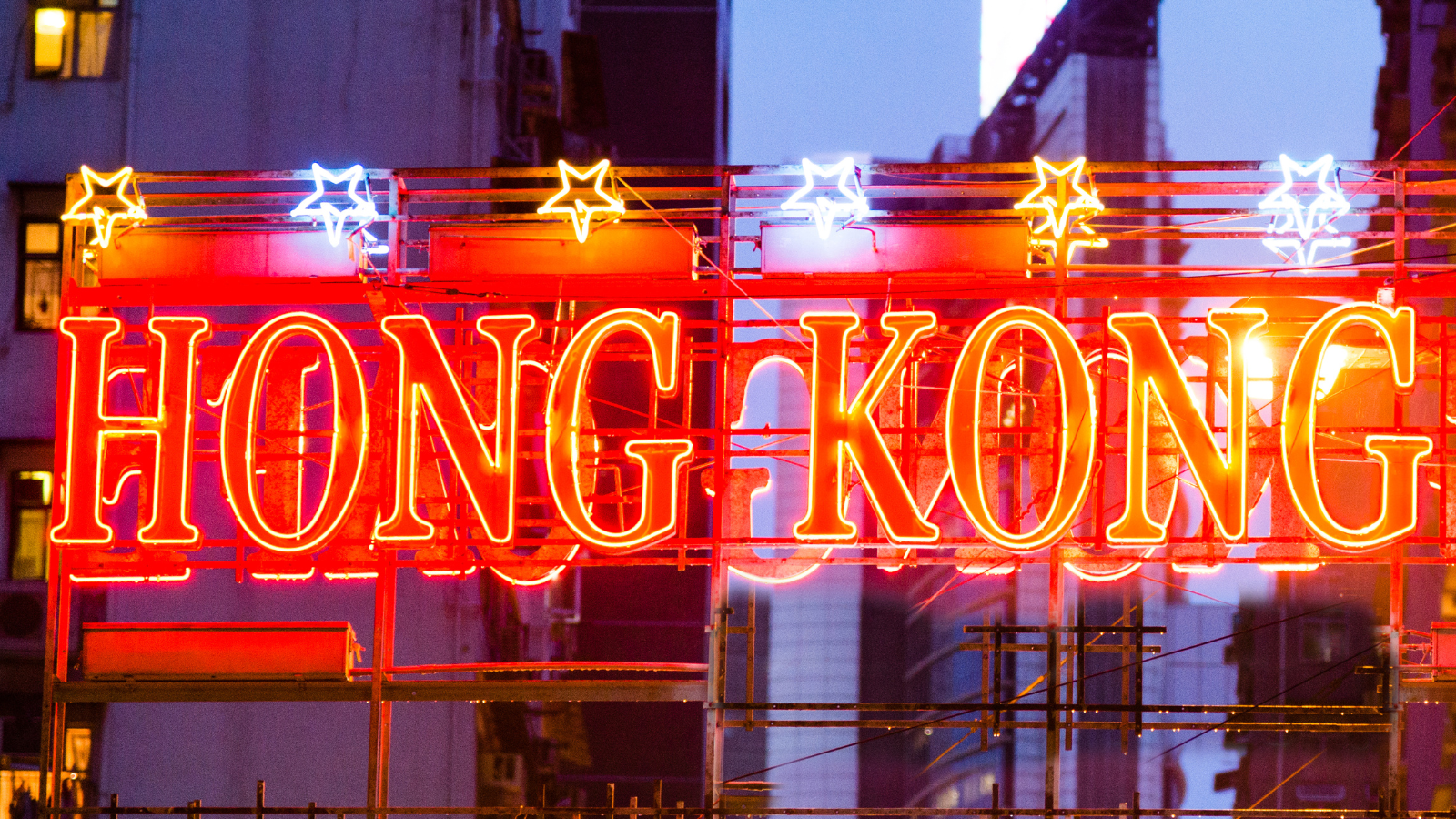
Top 10 Tourist Attractions in Hong Kong for First-Time Visitors
Hong Kong is a bustling metropolis known for its towering skyscrapers, vibrant markets, and captivating blend of East and West. For first-time visitors, Hong Kong offers a world of experiences, from cultural landmarks and scenic views to thrilling theme parks and shopping destinations. Here’s a guide to the top 10 must-visit attractions in Hong Kong to make the most of your trip.
Victoria Peak:
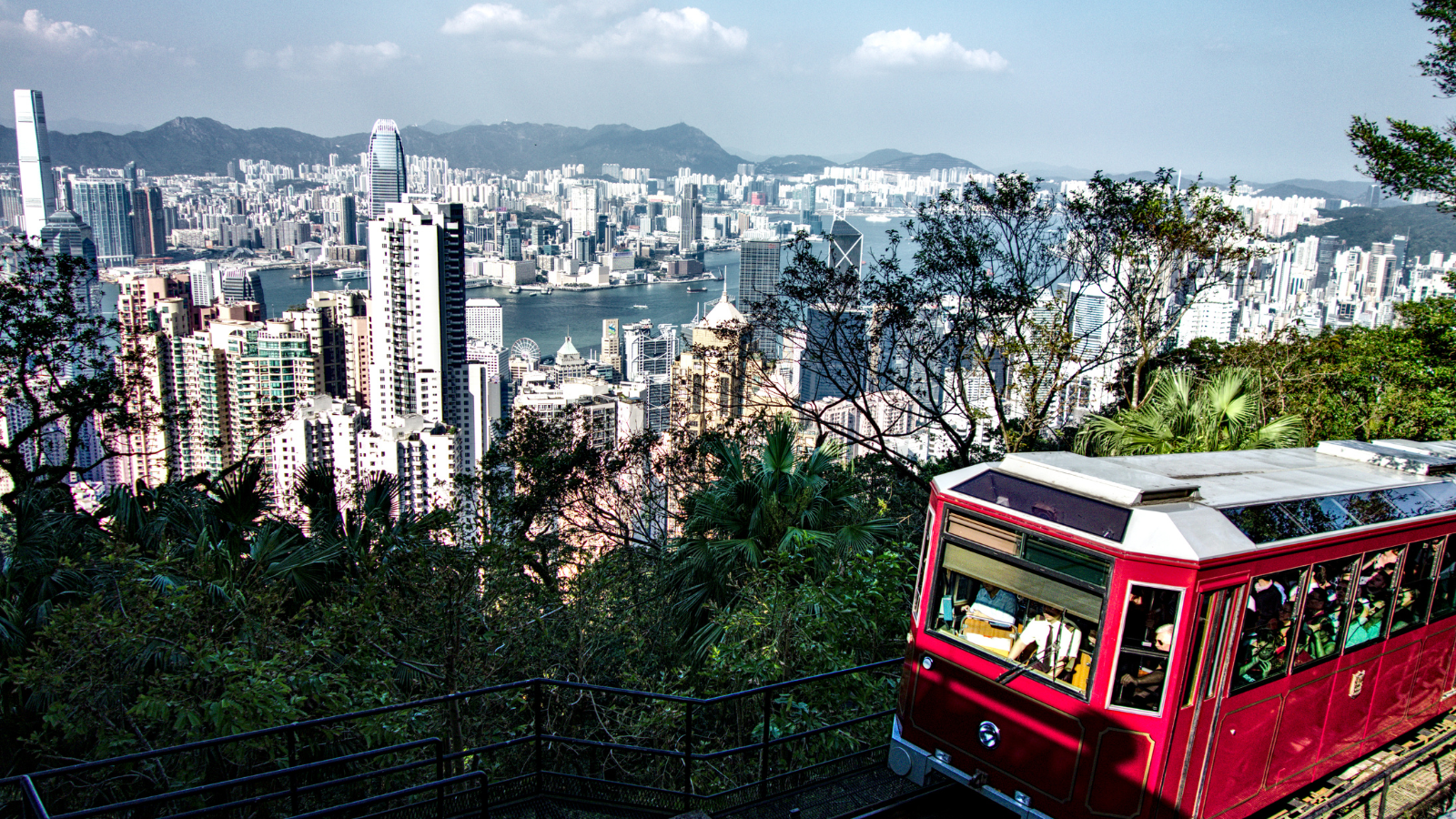
Description:
Victoria Peak, also known as "The Peak," is Hong Kong’s most popular attraction and offers breathtaking views of the city skyline, Victoria Harbour, and the surrounding islands. Take the historic Peak Tram to the summit, where you’ll discover scenic lookouts, restaurants, and shopping options.
Highlights:
- Peak Tram: A historic funicular railway providing panoramic city views.
- Sky Terrace 428: An observation deck offering a 360-degree view of Hong Kong.
- Peak Galleria: A shopping center with dining options and a scenic backdrop.
Travel Tip:
Visit in the late afternoon to enjoy both daytime and evening views as the city lights illuminate the skyline.
Hong Kong Disneyland:
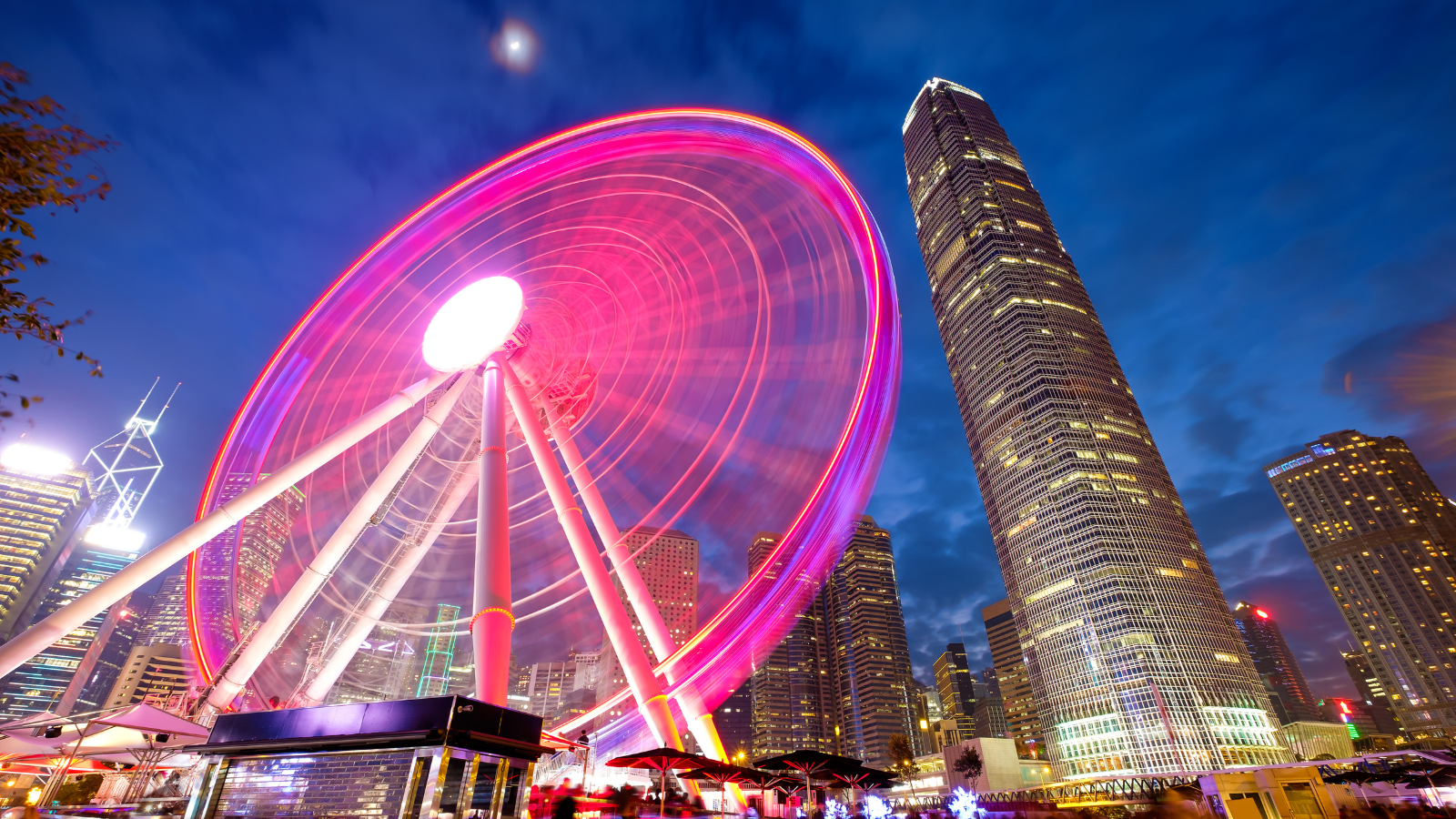
Description:
Hong Kong Disneyland offers a magical experience for all ages with themed lands, thrilling rides, parades, and character meet-and-greets. It features Tomorrowland, Fantasyland, and special seasonal events like Halloween and Christmas.
Highlights:
- Mystic Manor: Exclusive to Hong Kong Disneyland, this ride provides a unique experience.
- Iron Man Experience: The first-ever Marvel-themed ride in a Disney park.
- Festival of the Lion King: A Broadway-style show with incredible visuals and performances.
Travel Tip:
Book tickets online in advance to avoid long queues, especially during peak tourist seasons.
Tsim Sha Tsui Promenade and Avenue of Stars:
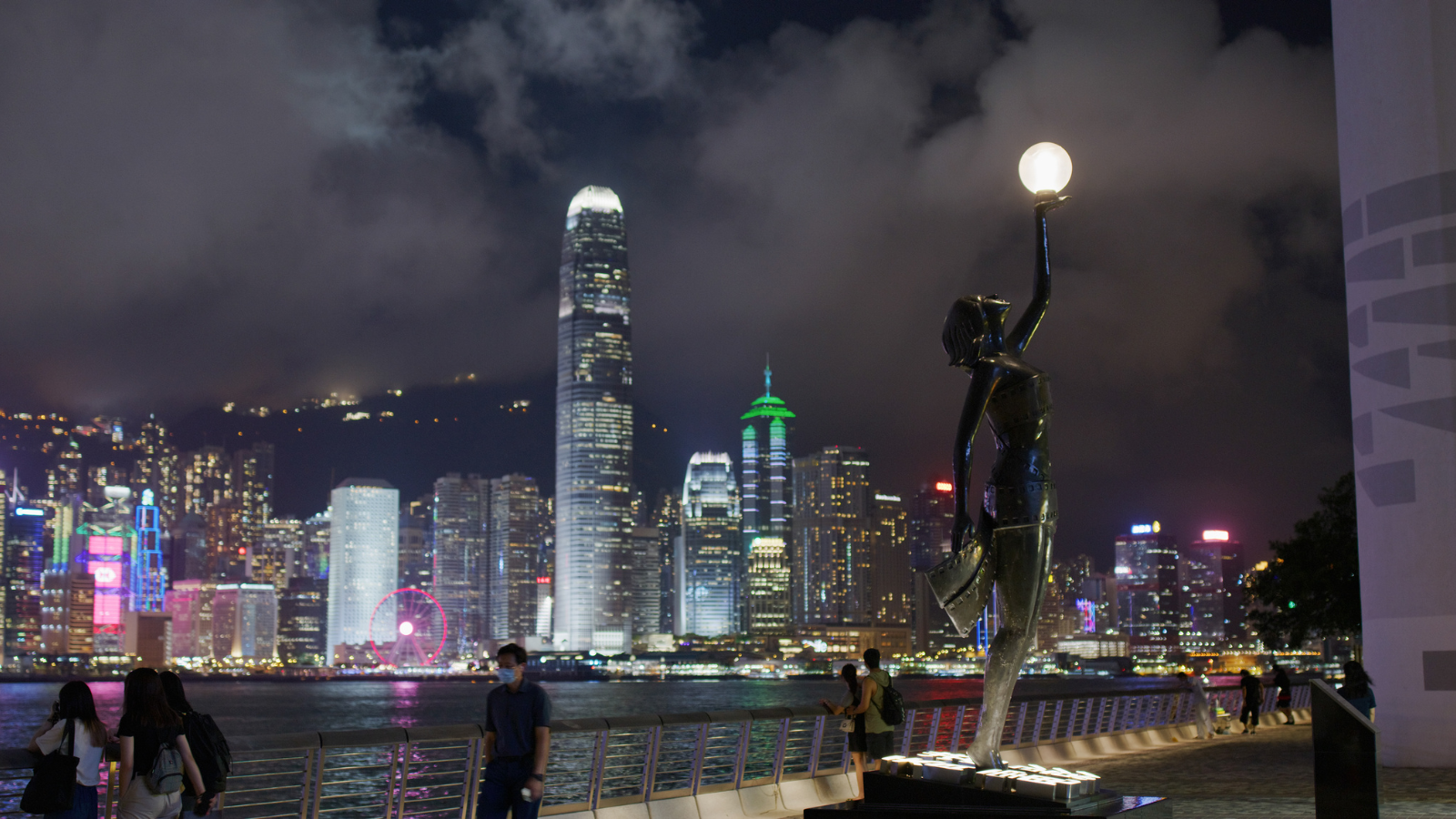
Description:
The Tsim Sha Tsui Promenade provides stunning views of Hong Kong’s skyline and Victoria Harbour. Inspired by the Hollywood Walk of Fame, the Avenue of Stars honors Hong Kong’s film industry and features statues of legendary stars, including Bruce Lee.
Highlights:
- Symphony of Lights: A nightly multimedia show featuring lights and music.
- Cultural Centre and Space Museum: Popular attractions along the promenade.
- Avenue of Stars: Celebrates Hong Kong’s cinema legends.
Travel Tip:
Visit in the evening to catch the Symphony of Lights, best viewed from the promenade.
Ngong Ping 360 and the Big Buddha:
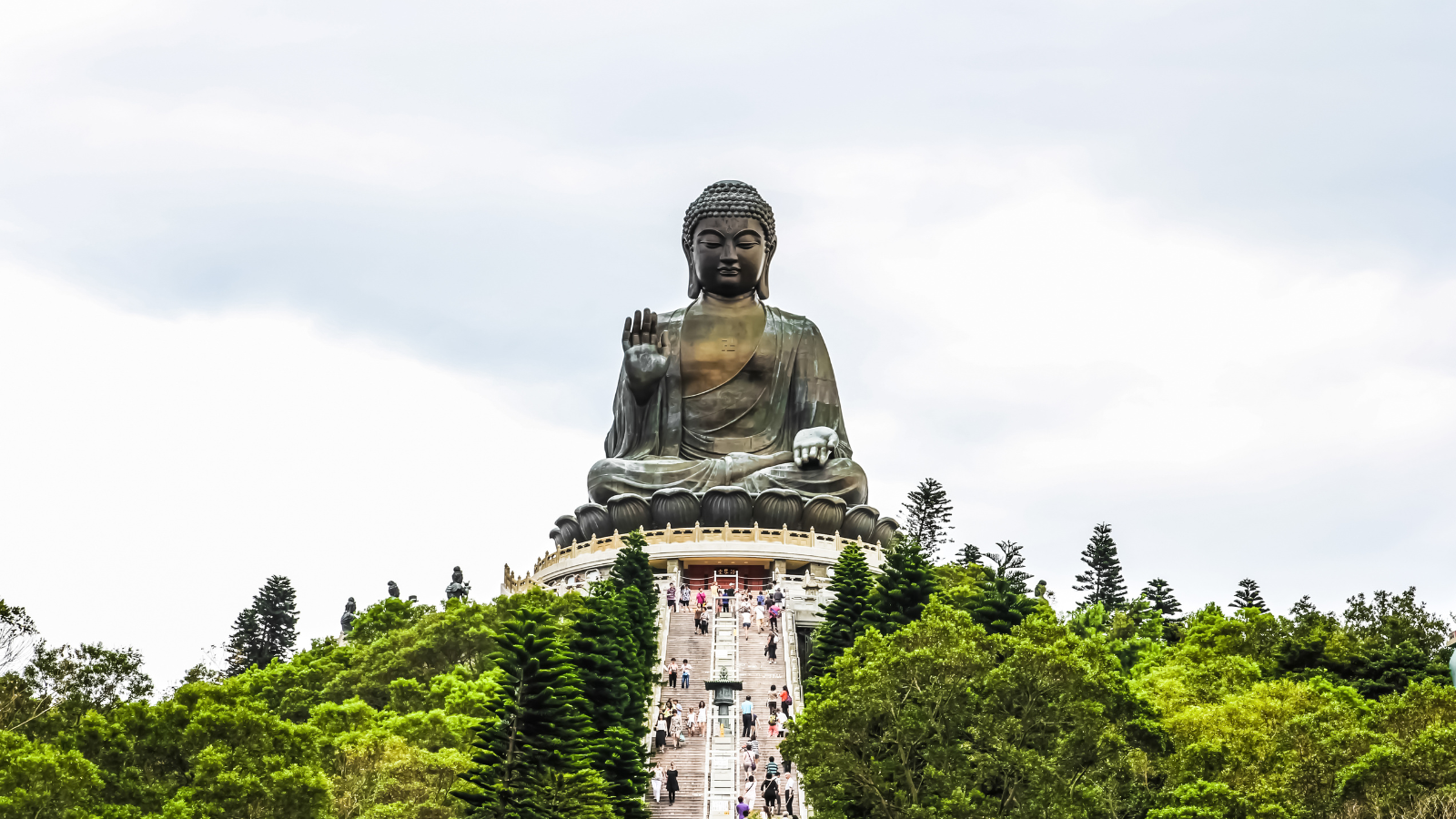
Description:
The Ngong Ping 360 cable car on Lantau Island offers stunning views of mountains, ocean, and cityscapes. It leads to the Tian Tan Buddha (Big Buddha), one of the largest seated Buddhas, and the serene Po Lin Monastery.
Highlights:
- Ngong Ping Cable Car: A scenic 25-minute ride offering panoramic views.
- Tian Tan Buddha: A massive bronze statue of Buddha.
- Wisdom Path: A walking trail with wooden steles inscribed with ancient prayers.
Travel Tip:
Opt for the crystal cabin with a glass floor for an enhanced experience, and book tickets early to avoid long lines.
Temple Street Night Market:
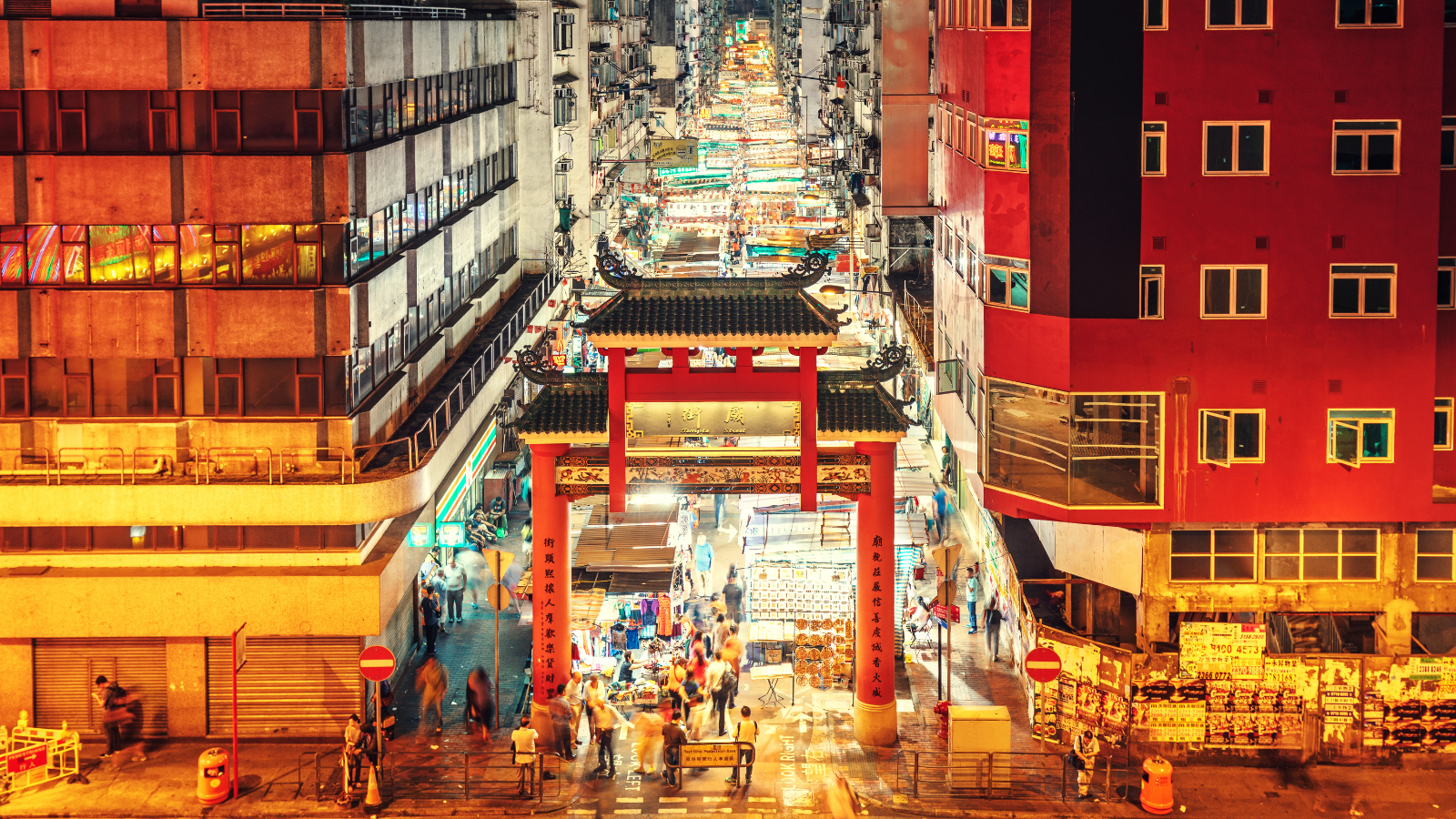
Description:
Temple Street Night Market is one of Hong Kong’s most famous street markets, perfect for bargain shopping, street food, and experiencing local culture. Browse stalls selling clothing, electronics, trinkets, and antiques, and sample traditional street foods.
Highlights:
- Street Performers and Fortune Tellers: Add to the vibrant market atmosphere.
- Local Snacks and Delicacies: Try popular foods like dim sum, egg waffles, and stinky tofu.
Travel Tip:
Bargaining is common here, so negotiate prices for the best deals.
Ocean Park Hong Kong:
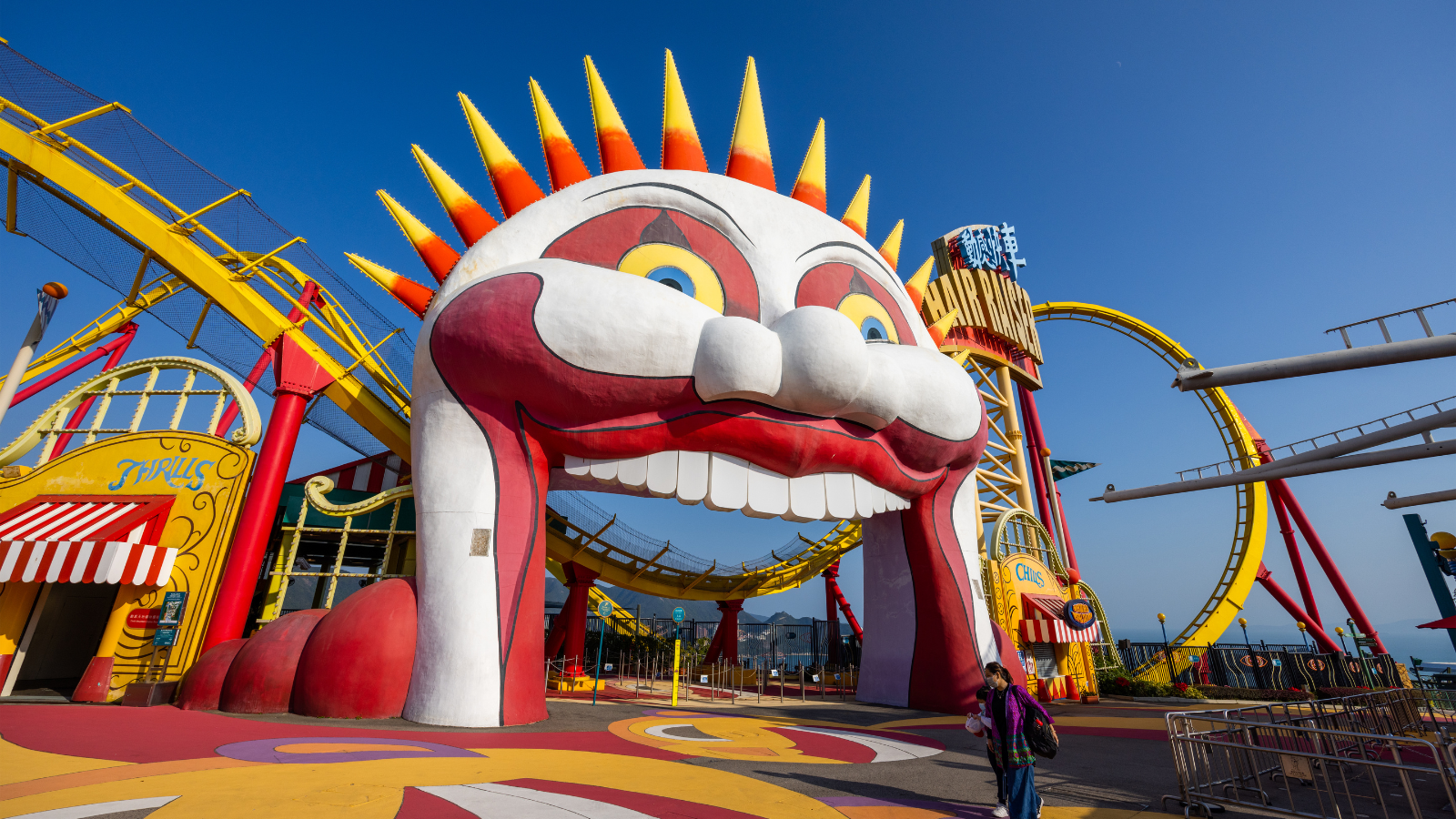
Description:
Ocean Park is a combination of an amusement park, oceanarium, and zoo. Divided into zones like Marine World, Adventure Land, and Rainforest, it’s ideal for families and thrill-seekers, featuring rides, animal exhibits, and live shows.
Highlights:
- Giant Panda Adventure: See giant pandas up close.
- Hair Raiser: A thrilling roller coaster with ocean views.
- Aqua City: An aquarium showcasing a diverse range of marine life.
Travel Tip:
Arrive early to beat the lines and plan your day to cover both attractions and shows.
Wong Tai Sin Temple:
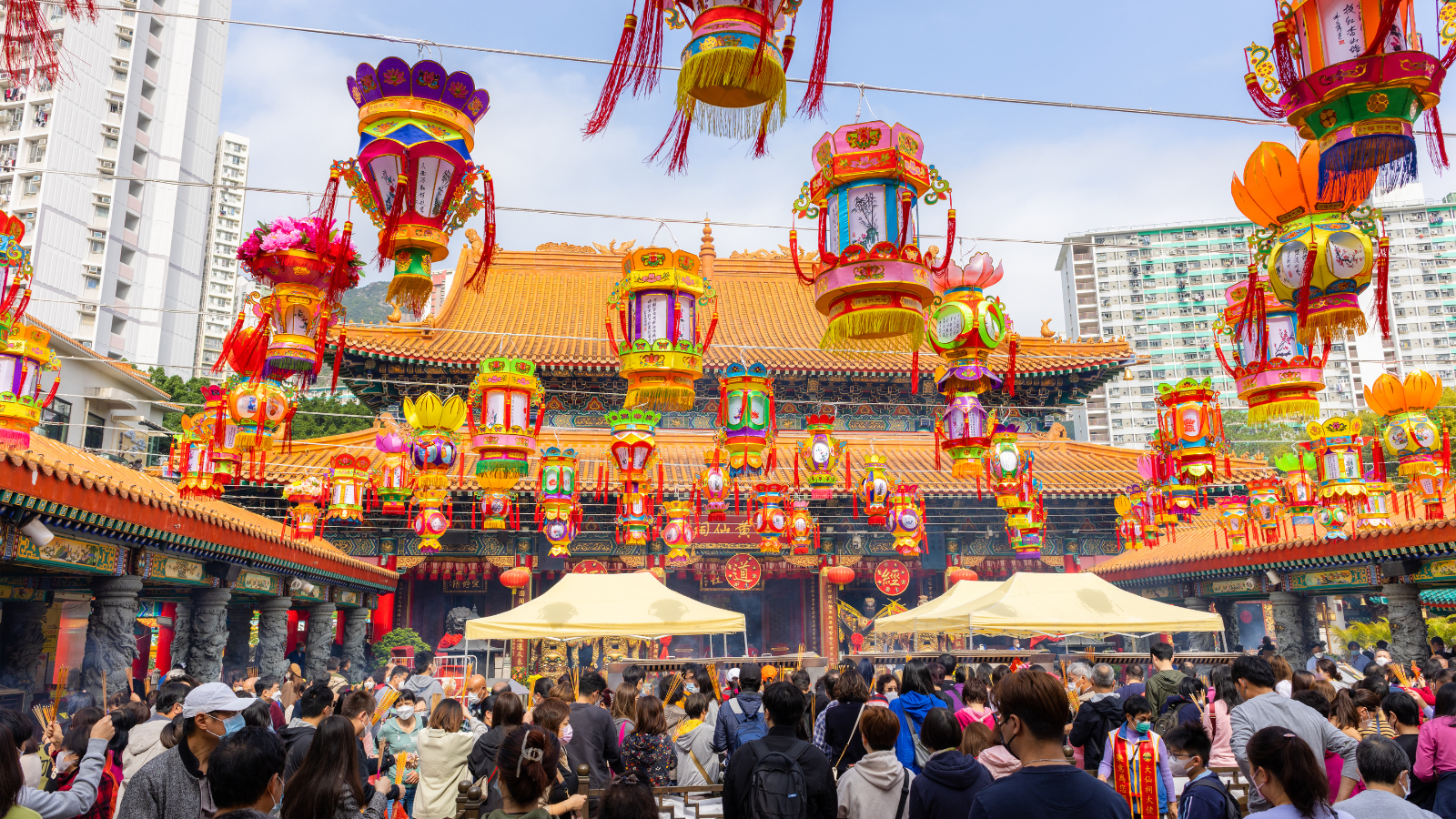
Description:
Wong Tai Sin Temple is one of Hong Kong’s most significant temples, known for its traditional architecture, serene gardens, and fortune-telling services. It is dedicated to Wong Tai Sin, a Taoist deity known as the god of healing.
Highlights:
- Good Wish Garden: A tranquil space with ponds and pavilions.
- Fortune Telling: The temple is known for kau cim, a traditional method of fortune-telling.
Travel Tip:
Visit early in the morning for a peaceful experience and to avoid the crowds.
Repulse Bay and Stanley Market:
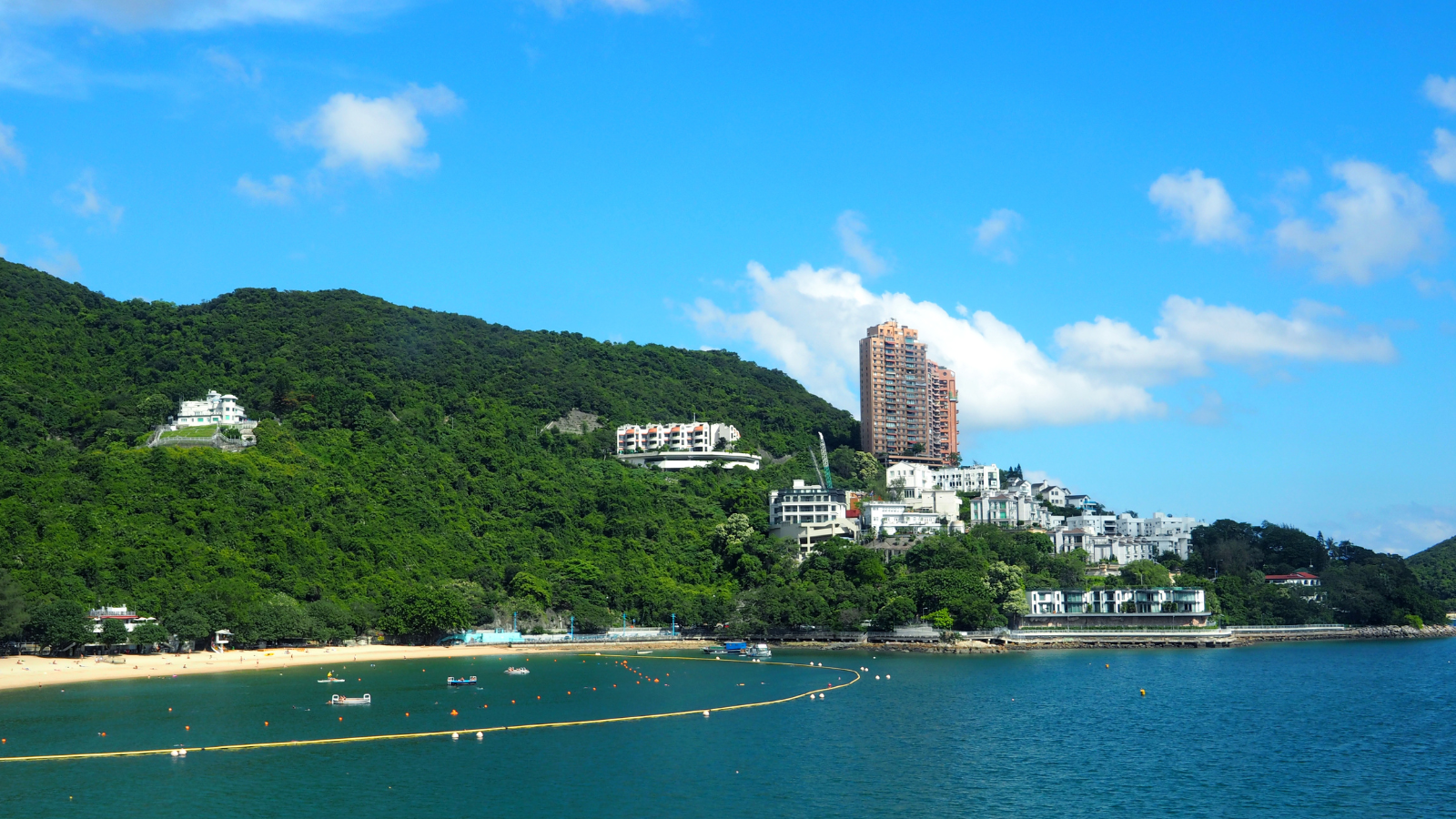
Description:
Repulse Bay is a popular beach destination known for its relaxed vibe, while Stanley Market is a famous open-air market offering souvenirs, art, clothing, and accessories.
Highlights:
- Repulse Bay Beach: A scenic beach popular with families.
- Stanley Market: Known for unique items and local handicrafts.
- Tin Hau Temple: A historic temple dedicated to the goddess of the sea.
Travel Tip:
Plan a visit to both Repulse Bay and Stanley Market for a relaxing day by the beach and shopping.
Hong Kong Science Museum:
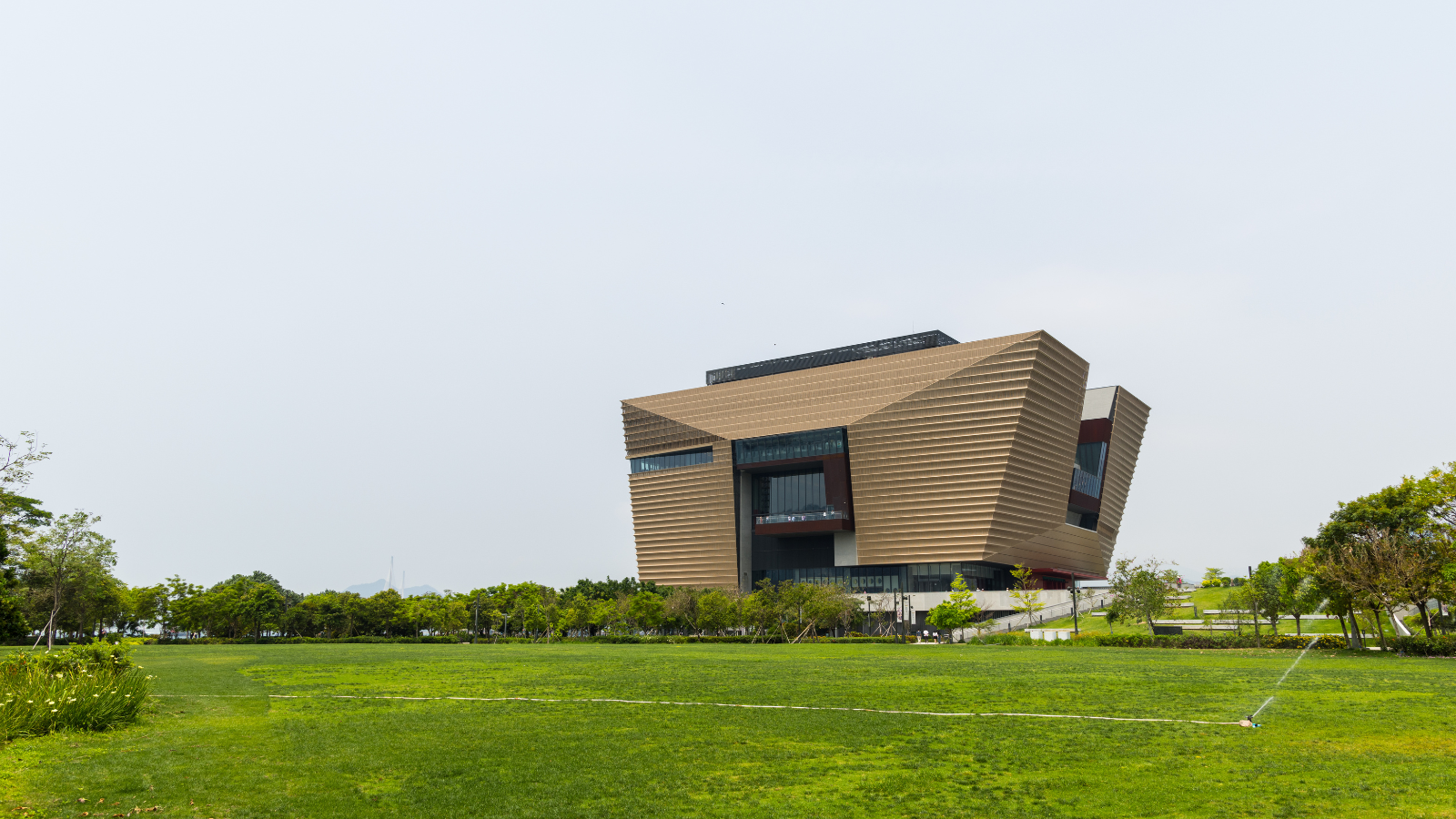
Description:
The Hong Kong Science Museum offers interactive exhibits and hands-on displays, ideal for families and curious minds. The museum’s Energy Machine spans four stories and is one of its most popular attractions.
Highlights:
- Energy Machine: A four-story structure demonstrating principles of physics.
- Interactive Exhibits: Covering topics in physics, biology, and earth sciences.
Travel Tip:
Visit on Wednesdays for free entry to most museums in Hong Kong.
Best Time to Visit Hong Kong

1. Autumn (October to December):
- Overview: Autumn is considered the best season to visit Hong Kong, as the weather is cool, dry, and comfortable, making it ideal for sightseeing and outdoor activities. Temperatures range between 19°C to 28°C (66°F to 82°F) with low humidity.
- Highlights:
- Ideal for Outdoor Activities: Pleasant temperatures and clear skies make it the perfect time for hiking, visiting Victoria Peak, exploring beaches, and touring iconic spots like Ngong Ping 360 and the Big Buddha.
- Events: Autumn is packed with festive events, including the Mid-Autumn Festival in early October, featuring lantern displays, mooncakes, and cultural performances, and Halloween celebrations across Hong Kong Disneyland and Ocean Park.
- Crowds: Autumn is a popular tourist season, so expect moderate crowds, especially around events and festivals.
2. Winter (January to February):
- Overview: Winter in Hong Kong is mild and dry, with temperatures averaging between 15°C to 20°C (59°F to 68°F). Though it rarely gets cold by Western standards, evenings can be chilly, so packing light layers is recommended.
- Highlights:
- Chinese New Year: One of Hong Kong’s biggest annual celebrations, Chinese New Year (typically in late January or early February) includes vibrant parades, fireworks over Victoria Harbour, and traditional markets.
- Outdoor Activities: Winter is also suitable for outdoor activities, with lower humidity making hiking and sightseeing comfortable.
- Shopping: Winter sales bring discounts at major malls and local markets, offering great shopping opportunities.
- Crowds: Chinese New Year attracts many tourists, so book accommodations early if visiting during this festive period.
3. Spring (March to May):
- Overview: Spring in Hong Kong brings warmer temperatures ranging from 18°C to 25°C (64°F to 77°F). Humidity begins to rise, especially by late spring, but conditions are generally comfortable for most activities.
- Highlights:
- Flower Blossoms: Spring brings blooming flowers across the city, including cherry blossoms at parks like Victoria Park and Kowloon Walled City Park.
- Cheung Chau Bun Festival: Held in April or May on Cheung Chau Island, this unique event features traditional ceremonies, a colorful parade, and the famous “bun tower” climbing competition.
- Hiking and Nature: Spring weather is ideal for visiting the countryside, exploring nature reserves, and hiking trails like Dragon’s Back before summer’s intense humidity arrives.
- Crowds: Spring is a shoulder season, offering fewer crowds compared to autumn, but the city becomes livelier during the Bun Festival.
4. Summer (June to August):
- Overview: Summer in Hong Kong is hot and humid, with temperatures between 26°C to 31°C (79°F to 88°F) and frequent afternoon showers or thunderstorms. It’s also typhoon season, so visitors should be prepared for sudden weather changes.
- Highlights:
- Water Activities: Despite the heat, summer is ideal for beachgoers and water sports enthusiasts. Head to Repulse Bay, Clear Water Bay, or Sai Kung for a refreshing escape from the city.
- Shopping and Indoor Attractions: The city's air-conditioned malls and attractions like Hong Kong Science Museum and Ocean Park offer a cool respite from the heat.
- Cultural Events: The Dragon Boat Festival in June includes dragon boat races across Victoria Harbour and cultural festivities, attracting locals and tourists alike.
- Crowds: Summer attracts families and regional tourists, but typhoons can reduce crowd levels unexpectedly. Keep an eye on weather alerts for potential disruptions.
Summary of Seasonal Recommendations:
- Best Overall Season: Autumn (October to December) for comfortable weather, clear skies, and festive events.
- Best for Festivals: Winter for Chinese New Year and summer for the Dragon Boat Festival.
- Best for Beach and Water Activities: Summer, despite the heat, is ideal for beach lovers and water sports enthusiasts.
- Best Shoulder Season: Spring (March to May) offers milder weather and fewer tourists, ideal for those seeking a quieter experience.
Weather Considerations:
Visitors are encouraged to monitor weather forecasts, particularly during summer typhoon season. Hong Kong’s efficient weather alert system provides updates on potential typhoons, enabling tourists to plan accordingly and stay safe.
Shopping Tips:

Popular Shopping Areas in Hong Kong
- Causeway Bay
- Description: Causeway Bay is a bustling shopping hub, popular for its wide variety of retail options. It’s home to luxury brands, local boutiques, electronics stores, and department stores. Here, you’ll find Times Square, a prominent shopping mall with international brands and restaurants, and Fashion Walk, known for trendy local and global fashion labels.
- Shopping Highlights: Luxury and mid-range brands, department stores, electronics, and trendy fashion.
- Dining Options: Causeway Bay is also packed with restaurants and street food stalls, perfect for taking a break between shopping sprees.
- Mong Kok
- Description: Known for its vibrant street markets, Mong Kok is a go-to spot for affordable finds and local goods. Here, you’ll find Ladies’ Market (clothing and accessories), Sneaker Street (sportswear), and Electronics Street (tech and gadgets).
- Shopping Highlights: Affordable fashion, streetwear, accessories, souvenirs, and a huge selection of sneakers and electronics.
- Shopping Tip: Mong Kok’s street markets are famous for bargaining, so feel free to negotiate prices for the best deals.
- Central
- Description: Central is the heart of Hong Kong’s luxury shopping scene, featuring a mix of high-end boutiques, international designer brands, and upscale malls like IFC Mall and The Landmark. For those looking to splurge, Central is the perfect place to shop for luxury fashion, jewelry, and beauty products.
- Shopping Highlights: Luxury brands, flagship stores, designer boutiques, and international cosmetics.
- Shopping Tip: While Central is known for luxury, it’s also home to Hollywood Road, where you can find unique antiques, art galleries, and traditional Chinese crafts.
- Tsim Sha Tsui (TST)
- Description: Tsim Sha Tsui is known for its high-end shopping malls and duty-free shops. Malls like Harbour City and 1881 Heritage house luxury brands, electronics, and cosmetics. TST’s proximity to the waterfront and vibrant cultural scene make it a popular shopping destination for both tourists and locals.
- Shopping Highlights: Luxury fashion, electronics, and cosmetics, with a scenic harbor view as a bonus.
- Shopping Tip: Many stores in TST offer duty-free options for travelers, making it an excellent place to shop for high-value items.
- Sham Shui Po
- Description: If you’re looking for authentic bargains and unique finds, Sham Shui Po is a treasure trove of local markets. Known for electronics and gadgets, it’s also a hotspot for fabric shops, craft supplies, and inexpensive fashion.
- Shopping Highlights: Electronics, fabric and craft supplies, inexpensive clothing, and accessories.
- Shopping Tip: Sham Shui Po’s Ap Liu Street is the place to go for electronic gadgets and tech accessories, often at lower prices than in bigger stores.
Bargaining Tips
- Where to Bargain: Bargaining is common in Hong Kong’s street markets, especially at Temple Street Night Market, Ladies’ Market, and Stanley Market. Vendors expect customers to negotiate, and you can often start by offering around half of the initial price and work your way up.
- How to Bargain Politely: Bargain politely, with a friendly attitude. Vendors are more likely to negotiate if you engage positively. However, if they decline your offer, accept it gracefully.
- Where Not to Bargain: Bargaining is typically not practiced in shopping malls, department stores, or branded retail outlets, where prices are fixed.
Duty-Free Shopping in Hong Kong
- As a duty-free destination, Hong Kong is ideal for purchasing luxury items, including electronics, jewelry, watches, and cosmetics. Here are some key tips to make the most of duty-free shopping:
- Duty-Free Shops at the Airport: Hong Kong International Airport offers a range of duty-free shops with popular brands, electronics, and luxury goods. It’s a convenient last stop for high-end shopping if you didn’t have time during your stay.
- Downtown Duty-Free Shopping: Many luxury shops and malls in Central, Causeway Bay, and Tsim Sha Tsui offer duty-free shopping for international travelers. Make sure to bring your passport to avail of duty-free benefits at select stores.
- Luxury Goods and Electronics: Duty-free shopping is especially beneficial for high-value items like designer fashion, cosmetics, and electronics, as the absence of sales tax allows for potentially lower prices compared to other major cities.
- Compare Prices: While many items are available duty-free, it’s always a good idea to compare prices across different stores or ask about any additional promotions for travelers to ensure the best deal.
Shopping Etiquette in Hong Kong
- Store Policies: Most stores have clear refund and exchange policies, but it’s best to confirm these before making a purchase, especially for high-value items.
- Tipping: Tipping is not expected in retail shops. However, in some restaurants, a 10% service charge may be included, so tipping beyond that is unnecessary.
Stay Hydrated and Take Breaks: Hong Kong’s shopping districts are densely packed, so plan breaks and keep hydrated, especially when exploring outdoor markets in warmer months.
Currency and Cash Details:
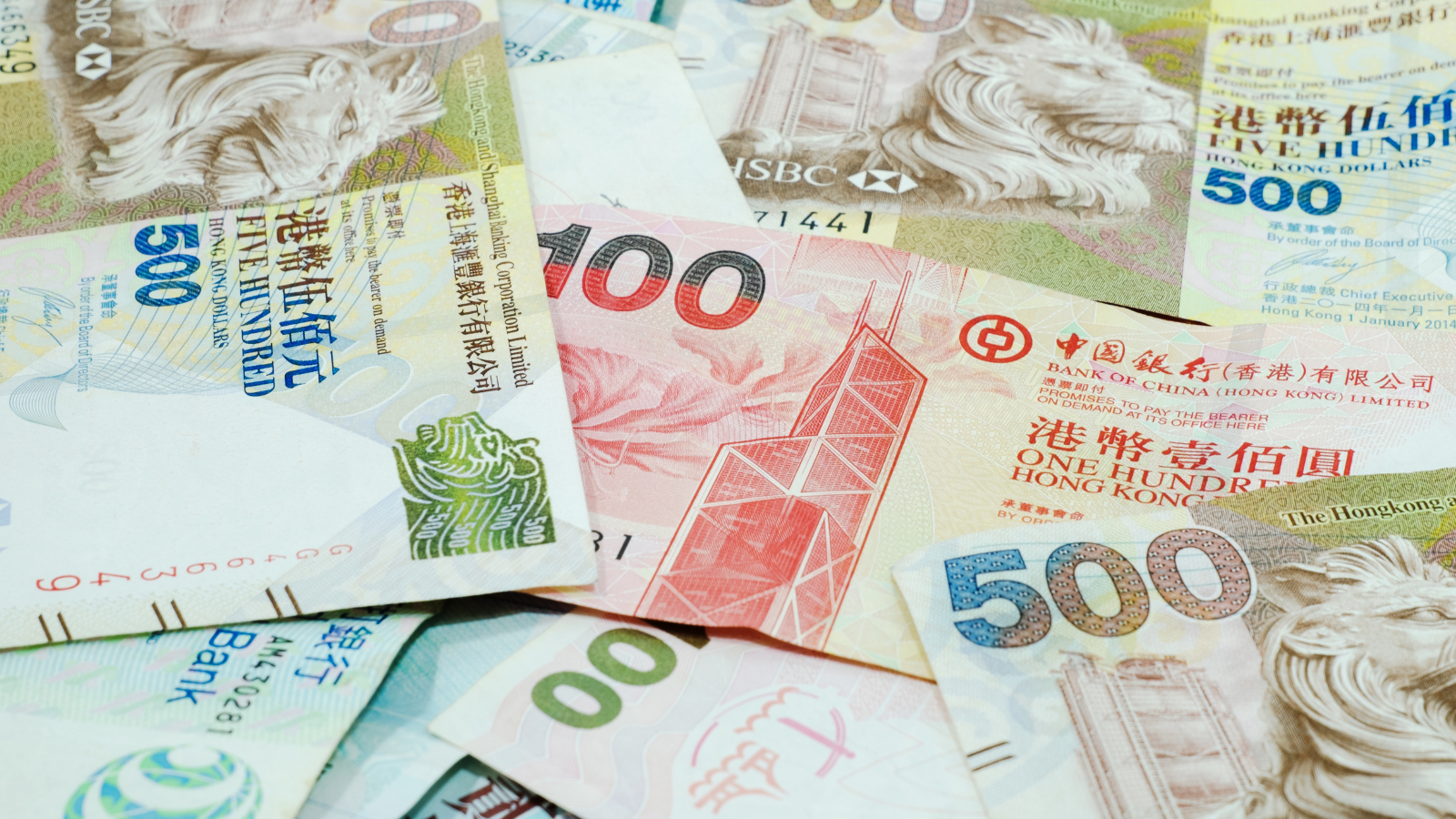
- Currency: The official currency is the Hong Kong Dollar (HKD).
- Cash or Card: Credit cards are widely accepted, especially in malls, hotels, and restaurants. However, having cash is recommended for street markets and smaller shops.
ATMs and Currency Exchange: ATMs are available throughout the city, and currency exchange counters are found at the airport, major shopping areas, and banks.
FAQs:
1. Do I need a visa to visit Hong Kong as an Indian tourist?
- Answer: Indian tourists can visit Hong Kong without a visa for up to 14 days. However, an online pre-arrival registration is mandatory for Indian passport holders before traveling. This registration is free, valid for six months, and allows multiple entries. Make sure to complete the registration process well in advance and bring a printed copy or digital version of the approval for entry.
2. What language is spoken in Hong Kong?
- Answer: The official languages of Hong Kong are Cantonese and English. English is widely used in tourist areas, hotels, restaurants, and shopping centers, making it convenient for travelers to navigate. Most signs, menus, and public transportation information are available in both languages, ensuring ease of access for English-speaking tourists. Basic Cantonese phrases like "M̀h’gōi" (Thank you) and "Néih hóu" (Hello) can be useful and appreciated by locals.
3. Is Hong Kong safe for solo travelers?
- Answer: Yes, Hong Kong is generally safe for solo travelers, including women, with a low crime rate and well-organized public transportation. The city’s bustling environment, police presence, and highly visible security measures in public places contribute to its reputation as a safe travel destination. Basic precautions are recommended, especially in crowded markets, and it’s best to avoid isolated areas at night.
4. Can I use my credit card in Hong Kong?
- Answer: Credit cards are widely accepted in most hotels, restaurants, shopping malls, and larger retail stores in Hong Kong. However, cash is recommended for small purchases, street markets (like Temple Street or Ladies’ Market), and certain local eateries that may not accept cards. ATMs are readily available across the city, and many support international cards, allowing travelers to withdraw Hong Kong Dollars.
5. What currency is used in Hong Kong, and should I carry cash?
- Answer: The currency in Hong Kong is the Hong Kong Dollar (HKD). While credit and debit cards are accepted in many establishments, it is advisable to carry cash for street vendors, smaller stores, and transportation costs. Currency exchange counters are located at the airport, in major shopping districts, and at banks. For convenience, it’s wise to exchange a small amount at the airport and find better rates at exchange centers in the city.
6. What is the best way to get around Hong Kong?
- Answer: Hong Kong’s MTR (Mass Transit Railway) is the most efficient and affordable way to travel around the city. Other options include buses, trams, ferries (like the iconic Star Ferry), and taxis. Consider getting an Octopus Card, a reloadable smart card that can be used on most forms of public transportation, as well as in convenience stores and some restaurants.
7. When is the best time to visit Hong Kong?
- Answer: The best time to visit Hong Kong is during the autumn months (October to December), when the weather is cool, dry, and perfect for sightseeing. Spring (March to May) also offers pleasant weather with mild temperatures. Summers (June to August) are hot, humid, and prone to typhoons, while winter (January to February) is generally mild but can get chilly at night.
8. What are some must-try foods in Hong Kong?
- Answer: Hong Kong is a food lover’s paradise, known for its diverse cuisine. Must-try dishes include:
- Dim Sum: Traditional Cantonese dumplings, buns, and rolls served in bamboo baskets.
- Roast Goose: Crispy-skinned roast goose served with plum sauce.
- Egg Tarts: A sweet pastry filled with creamy egg custard.
- Pineapple Buns: A soft bun with a sugary crust, often filled with butter.
- Wonton Noodles: Thin noodles in a savory broth topped with wontons. Street food favorites like egg waffles and fish balls are also widely popular and can be found in local markets.
9. Is tipping customary in Hong Kong?
- Answer: Tipping is not obligatory in Hong Kong, as most restaurants include a 10% service charge in the bill. However, if there is no service charge, it is customary to leave a small tip for good service, especially in higher-end restaurants. Tips are generally not expected in taxis or smaller eateries, but rounding up the fare is appreciated.
10. Are there any cultural etiquettes I should follow in Hong Kong?
- Answer: Hong Kong has a unique blend of Eastern and Western customs. Some general etiquettes to follow include:
- Dress Modestly: When visiting temples or religious sites, dress conservatively and remove hats.
- Respect Personal Space: Hong Kong is densely populated, so respecting personal space in public areas is important.
- Avoid Physical Gestures: Pointing or beckoning with one finger may be considered impolite; instead, use your whole hand.
- Offering Gifts: If invited to a local’s home, it’s customary to bring a small gift as a token of appreciation. Overall, the people of Hong Kong are polite and appreciate tourists who show respect for local customs and traditions.






